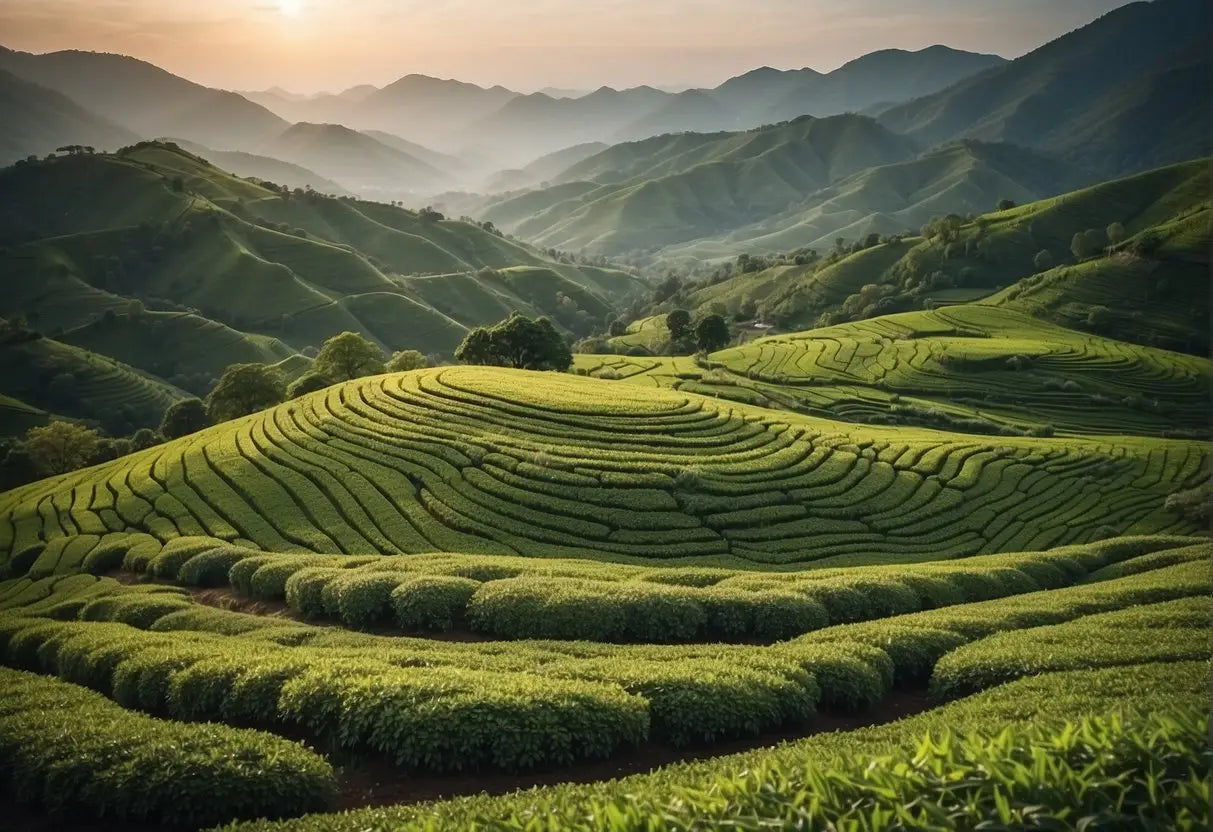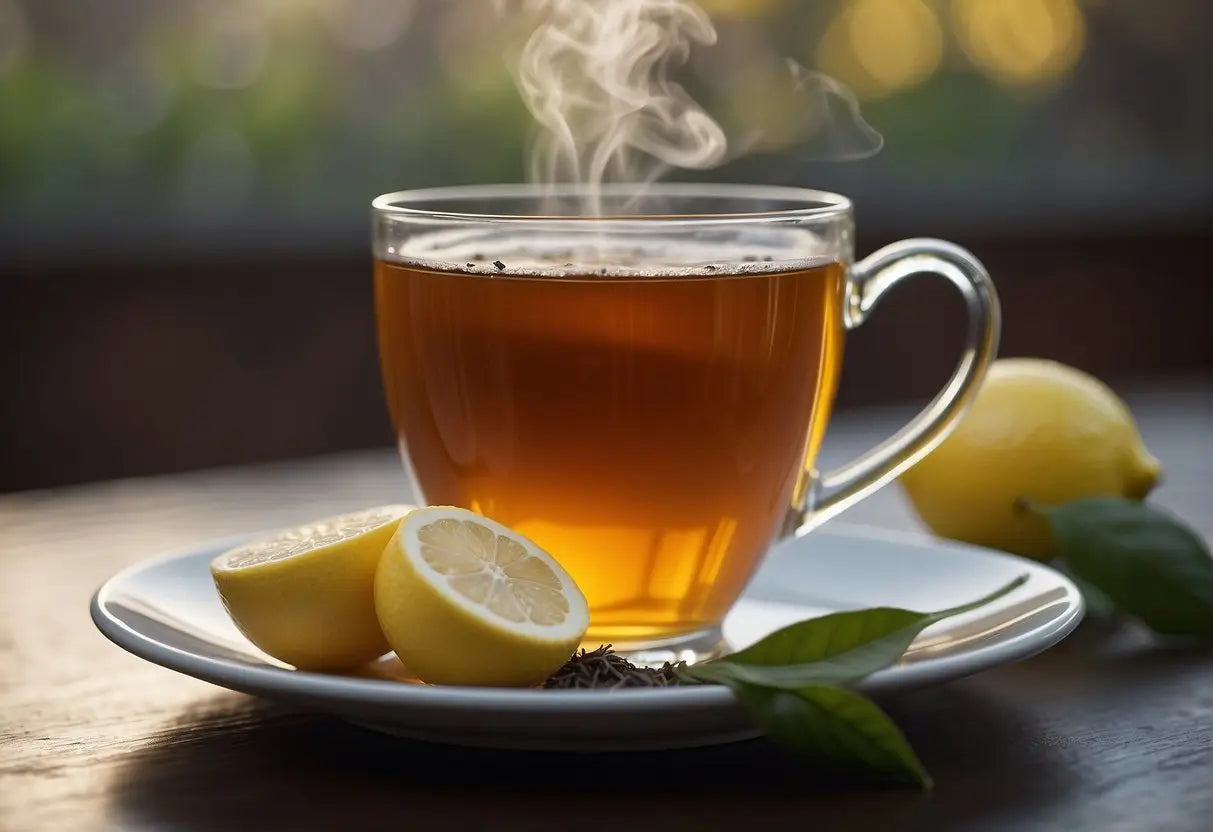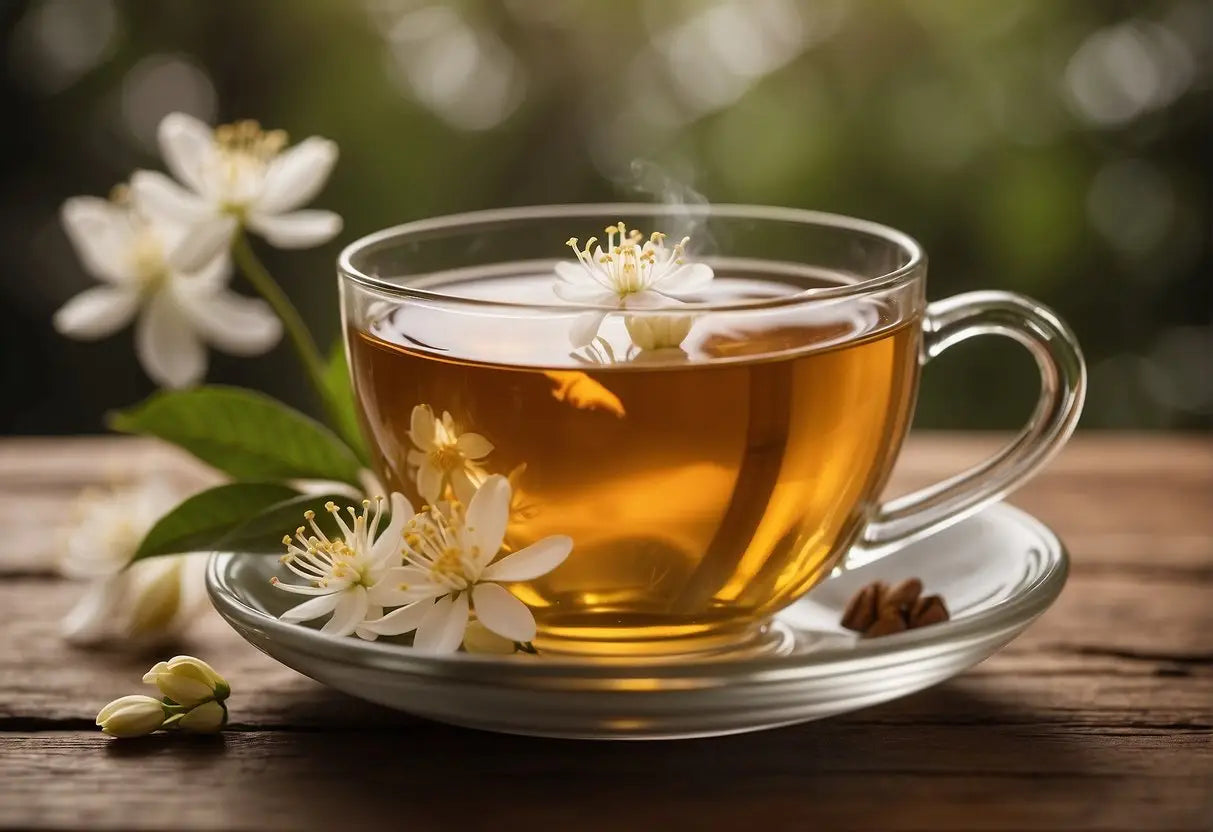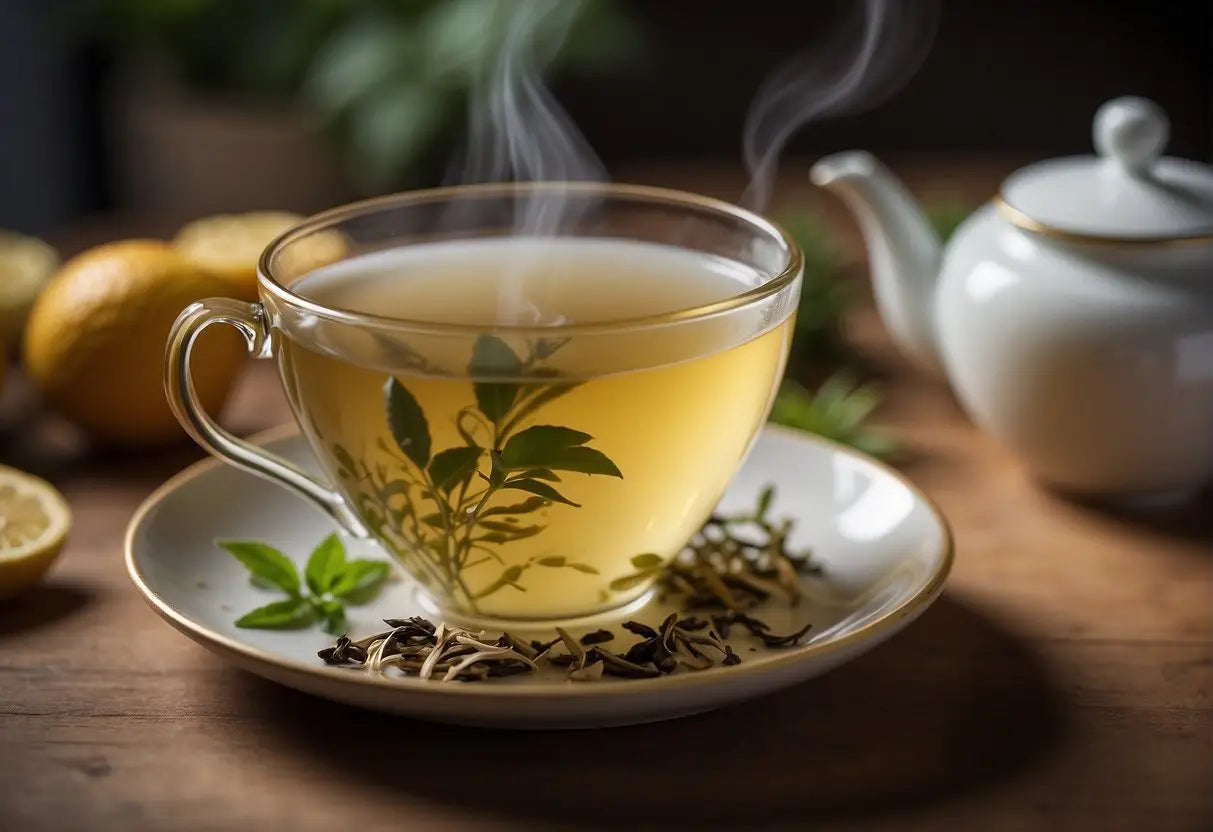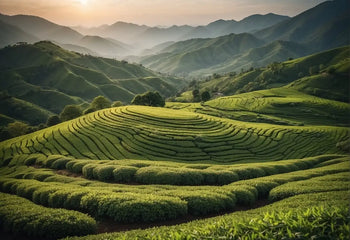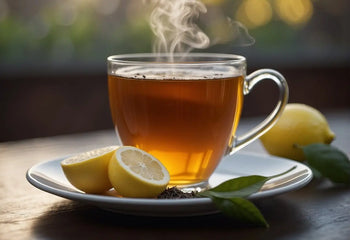Where is Tea Grown
Tea, derived from the Camellia sinensis plant, is predominantly grown in regions with moist, tropical climates. Your understanding of tea cultivation begins with acknowledging the prime tea-growing regions across Asia, Africa, and South America. Asia, as the birthplace of tea, boasts vast plantations. China and India are leading producers, with famous varieties like Chinese Longjing and Indian Assam. Other notable Asian tea producers include Sri Lanka, known for Ceylon tea, and Japan, where Matcha and Sencha originate. In Africa, Kenya stands out for its robust black teas. Malawi and Rwanda also contribute significantly to the global tea market. South America's...
How to Drink Earl Grey Tea
Earl Grey tea is a distinctive blend known for its citrusy aroma and flavorful profile. Your appreciation for Earl Grey will deepen through an exploration of its origins, the key ingredients that define its taste, and the nuanced flavors that make it a beloved choice among tea enthusiasts. Origins and History Earl Grey tea dates back to the early 19th century and is named after Charles Grey, the 2nd Earl Grey, who was Prime Minister of the United Kingdom. There are several stories about its origin, but it is widely believed to have been a gift from a Chinese mandarin...
How Much Caffeine in Jasmine Tea
When you drink jasmine tea, you're consuming a beverage that has been infused with the fragrance of jasmine blossoms. This tea typically uses a base of green tea leaves, which naturally contain caffeine. The exact amount of caffeine in your jasmine tea can vary depending on several factors, including the type of tea leaves used and the brewing time. Typical Caffeine Content: Green Tea Leaves Base: The caffeine content generally ranges from 15 to 60 milligrams per 8-ounce serving. White Tea Leaves Base: If your jasmine tea is based on white tea leaves, the caffeine content might be slightly lower,...
What Does White Tea Taste Like
When you sip on white tea, you're likely to notice its subtly sweet and delicate nature. Unlike the more robust flavors of black or green tea, white tea typically presents a milder taste and a light body. The flavor can be best described as: Soft: You won't be overpowered by the taste. Slightly Sweet: There's a natural, gentle sweetness. Nuanced: There might be a complexity that unfolds slowly. Fresh: Often described as having a clean, airy quality. Here's a breakdown of the typical flavor notes you may encounter when tasting white tea: Flavor Note Description Floral Reminiscent of fresh flowers....
Recent articles

